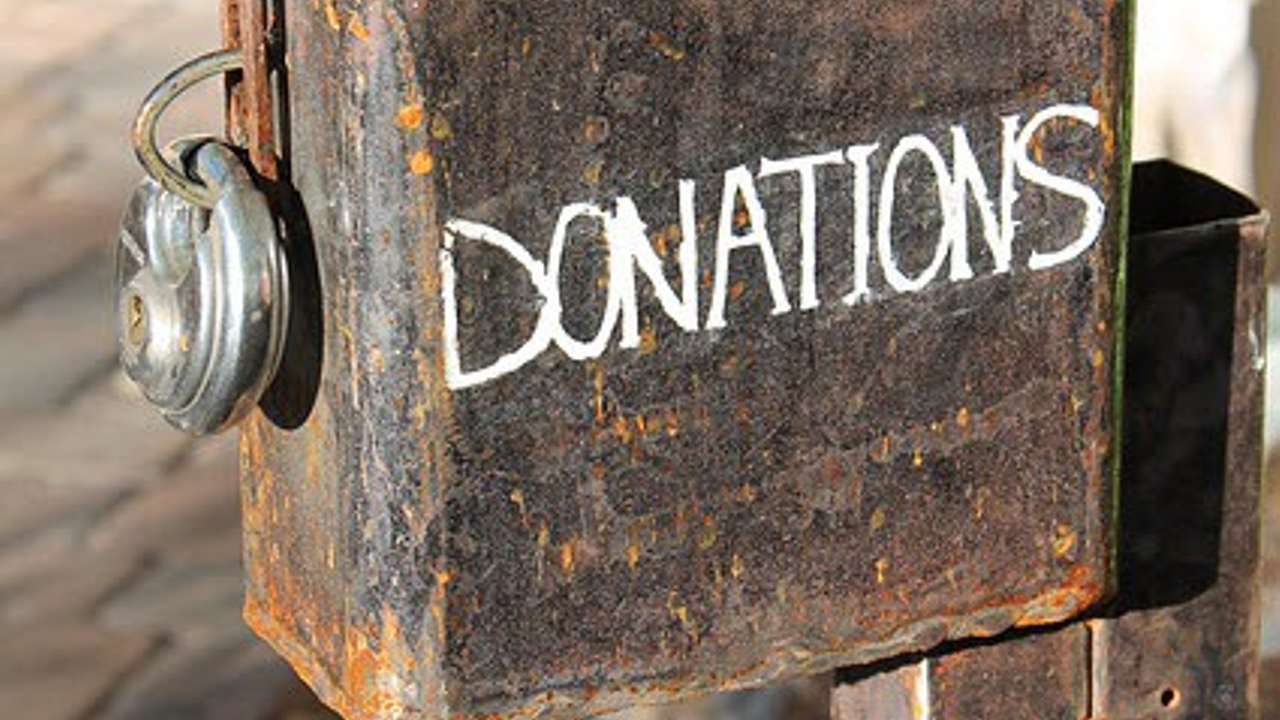
Find ‘Em and Keep ‘Em: Are You Attracting New Mid-Level Donors?
Do your mid-level donors ever seem to feel uninspired, neglected or disengaged?
To many nonprofits today, the donor pyramid is a familiar concept. This simple structure represents common successful donor cultivation, with an ultimate goal of upgrading and retaining donors into higher levels of giving. Again, it’s pretty simple: top donors give major gifts and general funds contribute to annual support.
However, what about those folks in the middle of the pyramid? Those people that have the potential to become future major donors, but that are not currently giving at a high level?
I refer to this group as “mid-level” donors. This segment can vary from one nonprofit to the next, but the key is recognizing that they usually contribute between $1,000 and $10,000 annually.
And while they make up only one percent of the donor pool, mid-level donors account for approximately 34 percent of gifts, according to a spokesperson from a recent Chronicle of Philanthropy webinar.
So how can you engage mid-level donors to help build and maintain your organization’s donor pyramid?
First, it’s vital to be sincere about developing donor relationships, from the starting point through mid-level gifts. With this approach, you will eventually cultivate a future base of major donors.
The key is to understand that you simply can’t approach mid-level donors in the same way you reach out to major donors or annual fund donors. Rather, you must make it clear to them that their donations are highly valued and they are truly making a difference.
Here are some tips to keep in mind when trying to reach mid-level donors:
- People Power. Having at least one staff member directly accountable for building and stewarding your mid-level donor program is critical for success. The person in this position must focus on stewardship, or caring for these donors, encouraging a process of upgrading mid-level donors to future major donors, as well as measuring success. Keep in mind: many mid-level donors first come to an organization as low-level donors, so welcoming and thanking low-level donors appropriately should also be part of the overall strategy.
- The Right Content. A personal touch in communication with mid-level donors is important. Maintain regular mailings to keep donors in the loop, but try to keep the frequency low. The majority of mid-level donor fundraisers only send between two and eight mailings a year, using mail or phone versus social media or email. Be sure to include news about their donations hard at work, your cause and other interesting tidbits or juicy organization details.
- Listen. Most donors want to feel they are important to your success, and this is no different with mid-level donors. Nonprofits should always take any type of feedback seriously, and there should be a process in place for responding in order to improve future efforts.
- Be Sincere, Yet Specific. Reaching mid-level donors does not have to be the weak spot of your fundraising strategy. After all, you need to know who they are, what is important to them and how to approach them. Successful mid-level donor programs rely heavily on highly personalized and substantive communications across channels. However, good old phone calls, personal emails and handwritten notes definitely come in handy.
The Key Takeaway
I believe that many mid-level donors eventually become loyal supporters and represent significant potential, but only if you treat them well. With that said, engaging and maximizing the potential of mid-level donors is key not only to reaching fundraising goals today, but also to reaching your major donors of tomorrow.
In a nutshell, don’t overlook this group of donors. Instead, develop a calculated plan that will enable your nonprofit to effectively upgrade them towards becoming major donors, while also building a solid donor structure today.
